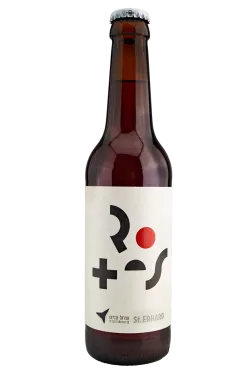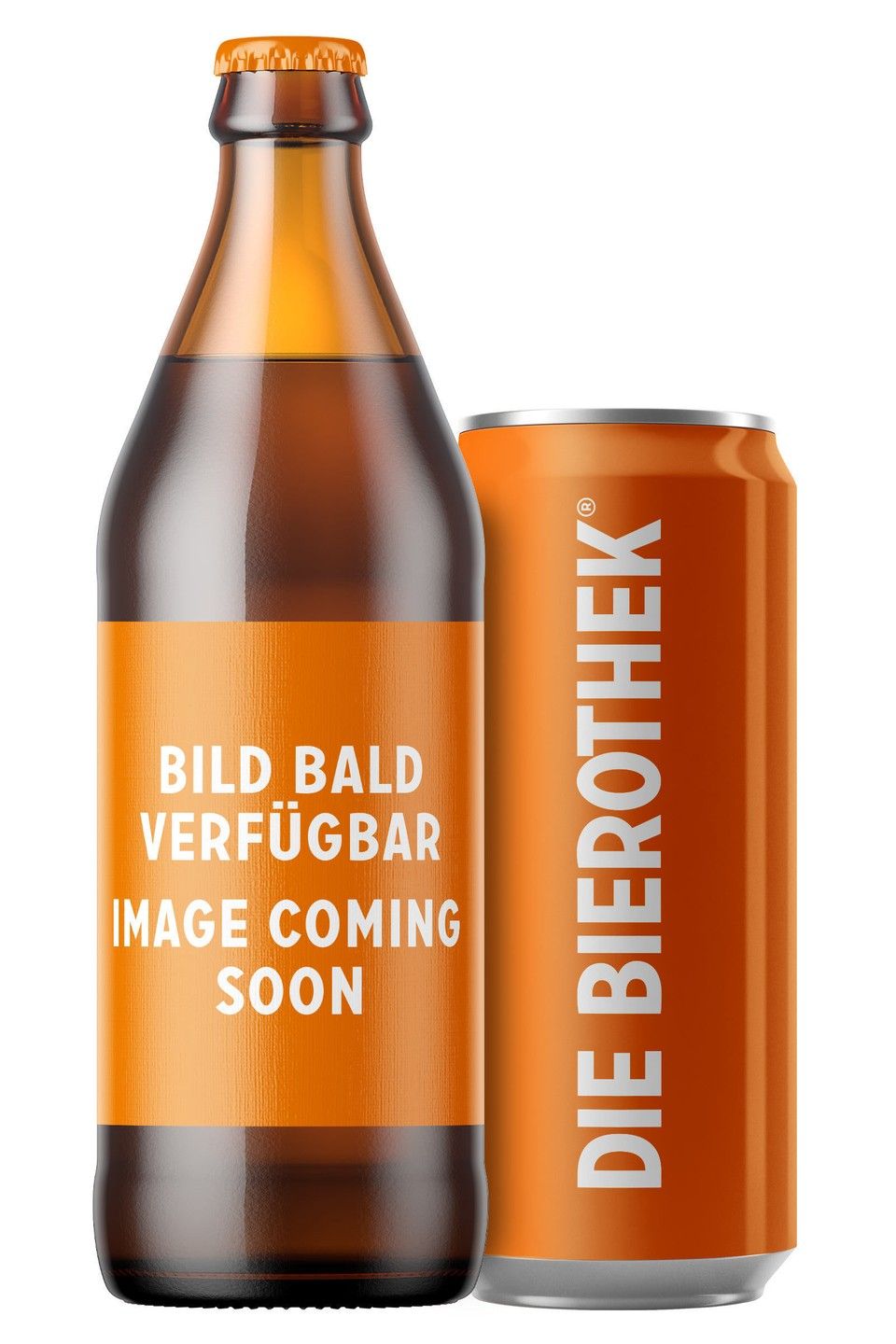
bock
Notify me
Enter your email address here to be informed once as soon as the article is available again.
The origins of the bock beer cannot be clearly traced back, but it is known that the strong strong beer played a major role, especially in monasteries. Not because the monks liked to get drunk on hard liquor, but because they were not allowed to eat solid food during Lent. During the 40 days between Mardi Gras and Easter, the monks fasted to commemorate the time when Jesus was fasting in the desert for forty days and nights. By not distracting themselves with physical pleasures, the monks of the Christian faith were open to God’s Word and more receptive to His message. In the Middle Ages and for some time afterwards, beer was considered the safest way to get hydrated. Because it was drunk at any time of the day and also consumed by children, pregnant women and the sick, the beer was much weaker and lighter-footed than today. Not so the Lenten beer: the Bock, which the monks brewed on the occasion of Lent, had a higher calorie content and also a little more alcohol. It helped the men of God through the meager Lent and was the cornerstone of today’s bock beer.
To this day, there is the finest bock beer on the occasion of Lent and many other occasions in the festival calendar. For example, we particularly like the Sonnenbock from the Zur Sonne brewery.
- Content
-
0,50 Liter Bottle
- Brauerei
-
 Brauerei zur Sonne
Brauerei zur Sonne
- Bierothek® ID
- 10232005
- Weight
- 0.5kg(0.88kg with packaging)
- Deposit
- € 0.08
- LMIV
- Responsible food business operator (EU)
Brauerei zur Sonne Bischberg, Regnitzstr.2, 96120
Bischberg Deutschland(DE)
- Beer region
- Deutschland
- Beer style
- bock beers , franconian beers
- Beer Category
- bavarian beers , franconian beers
- Food recommendation
- Starter: Bruschetta
Main course: Roast lamb
Dessert: Tiramisu - Alcohol content
- 6.8 % vol
- Original wort
- 16 ° Plato
- Ingrediants
Water, barley malt, hops, yeast


